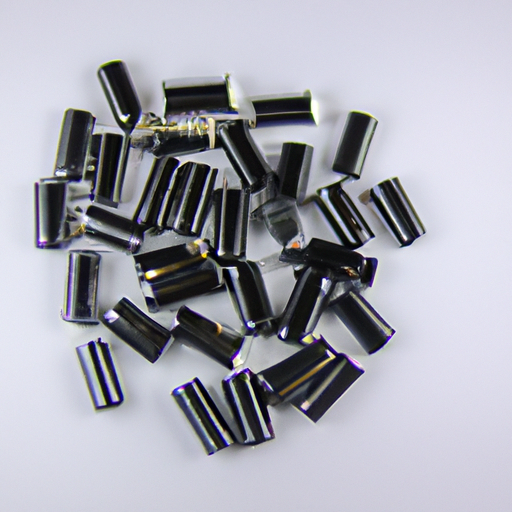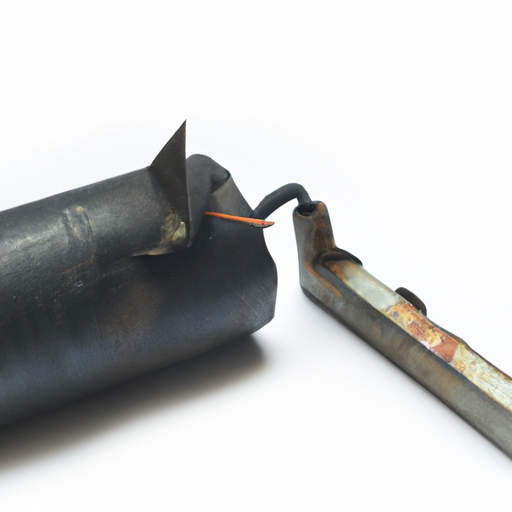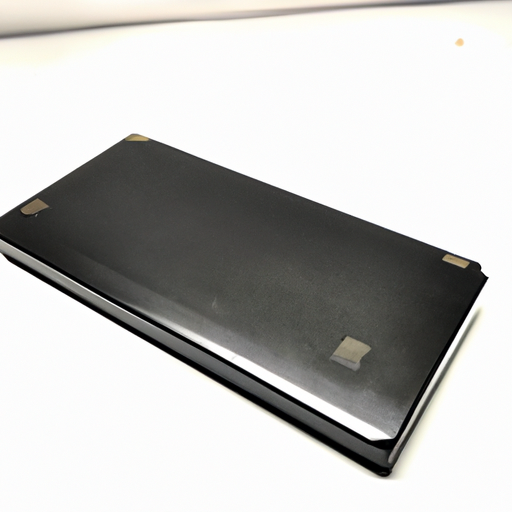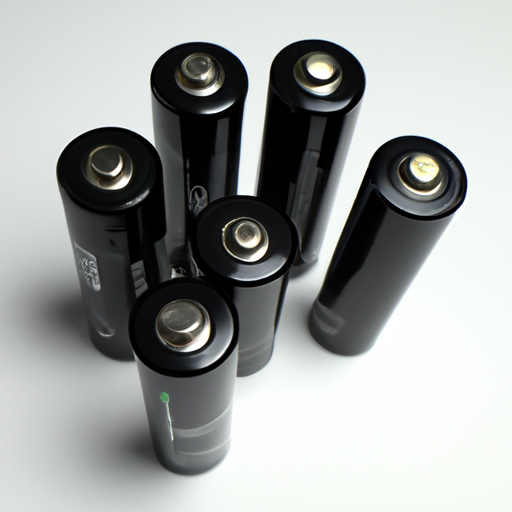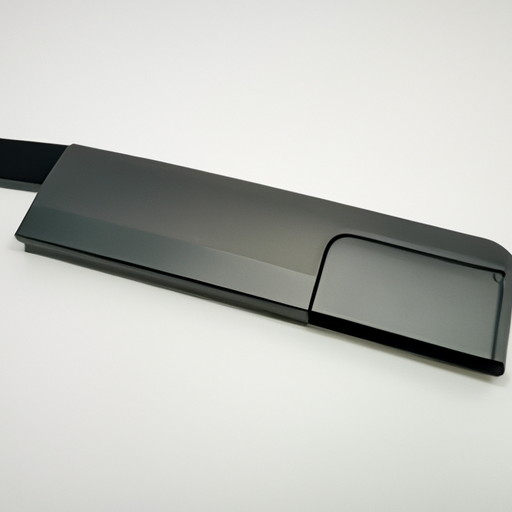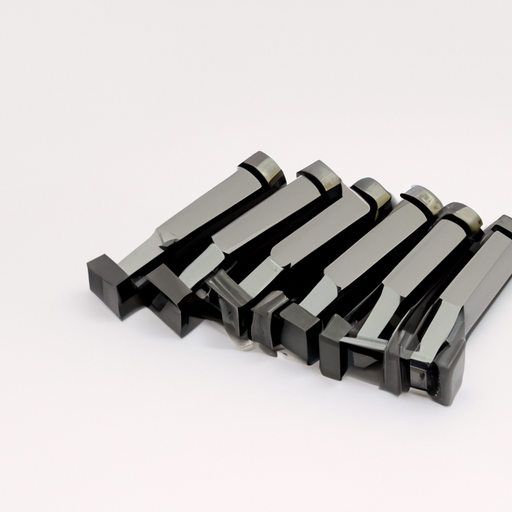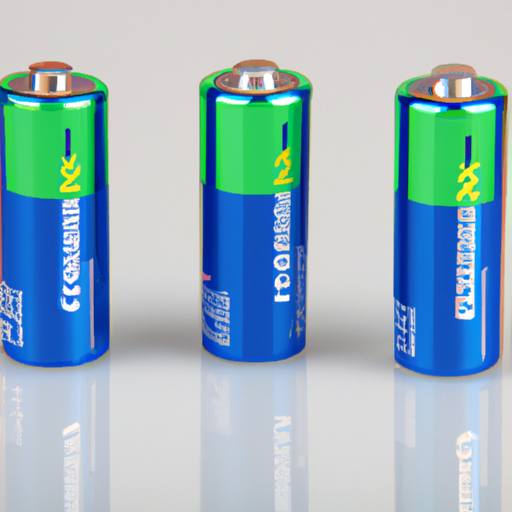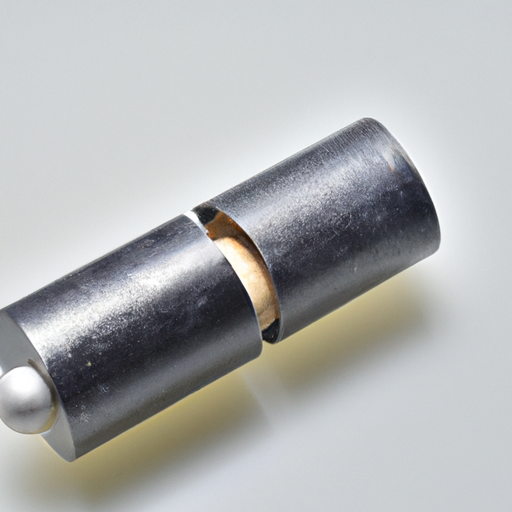Important Product Categories of Button Battery Holders
I. Introduction
Button battery holders are essential components in a wide range of electronic devices, providing a secure and reliable way to connect button batteries to circuits. These holders not only ensure that the batteries are held in place but also facilitate easy replacement and maintenance. As technology continues to evolve, the demand for button battery holders has grown, making it crucial to understand their various product categories and applications. This article will explore the important product categories of button battery holders, their features, and considerations for selecting the right holder for specific needs.
II. Understanding Button Batteries
A. Definition and Types of Button Batteries
Button batteries, also known as coin cells, are small, round batteries commonly used in various electronic devices. They come in different sizes and chemistries, with the most common sizes being CR2032, CR2025, and CR2016. The chemistry of these batteries can vary, with lithium and alkaline being the most prevalent types. Lithium button batteries are known for their long shelf life and high energy density, while alkaline batteries are often more affordable but have a shorter lifespan.
B. Applications of Button Batteries
Button batteries are widely used in consumer electronics, medical devices, automotive applications, and toys. In consumer electronics, they power devices such as remote controls, watches, and calculators. In the medical field, button batteries are found in hearing aids and glucose monitors. Automotive applications include key fobs and tire pressure monitoring systems, while toys and games often rely on button batteries for operation.
III. Key Features of Button Battery Holders
A. Material Considerations
When selecting a button battery holder, the material is a critical factor. Holders can be made from plastic or metal, each offering distinct advantages. Plastic holders are lightweight and cost-effective, while metal holders provide enhanced durability and resistance to environmental factors such as moisture and temperature fluctuations.
B. Design and Compatibility
Button battery holders come in various sizes and shapes to accommodate different battery types. Compatibility with the battery's size and contact configuration is essential for optimal performance. Some holders feature unique designs that allow for easy insertion and removal of batteries, while others may have specific contact configurations to ensure a secure connection.
C. Mounting Options
Mounting options for button battery holders can vary significantly. Surface mount and through-hole designs are common, with surface mount holders being ideal for compact applications. Snap-in and screw-in designs offer different installation methods, allowing for flexibility based on the specific requirements of the device.
IV. Important Product Categories of Button Battery Holders
A. Standard Button Battery Holders
Standard button battery holders are the most common type, designed to securely hold button batteries in place. These holders are widely used in consumer electronics and are available in various sizes to accommodate different battery types. Popular models include holders for CR2032, CR2025, and CR2016 batteries, which are frequently found in devices like remote controls and watches.
B. Battery Holders with Leads
Battery holders with leads are designed for prototyping and custom circuits. These holders come with pre-attached wires, making it easy to connect the battery to a circuit without the need for soldering. This feature is particularly advantageous for hobbyists and engineers working on electronic projects, as it simplifies the assembly process and allows for quick battery replacement.
C. Battery Holders with Switches
Battery holders with integrated switches offer added functionality by allowing users to easily turn the power on and off. This feature is especially useful in consumer electronics, where conserving battery life is essential. These holders are commonly found in devices like toys and remote controls, where users may want to deactivate the device when not in use.
D. Battery Holders with PCB Mounting
PCB-mounted battery holders are designed for integration into printed circuit boards (PCBs). These holders provide a secure connection for button batteries while minimizing the space required on the board. They are essential in electronic design, as they allow for efficient use of space and ensure reliable battery connections. Examples of PCB-mounted holders include those designed for CR2032 and CR2025 batteries.
E. Specialty Battery Holders
Specialty battery holders cater to unique applications and environments. These holders may feature waterproof designs for use in outdoor or marine applications, or high-temperature materials for use in industrial settings. Specialty holders are essential for niche markets where standard holders may not meet specific requirements.
V. Factors to Consider When Choosing a Button Battery Holder
When selecting a button battery holder, several factors should be considered to ensure optimal performance and compatibility:
A. Compatibility with Battery Type and Size
The first consideration is compatibility with the specific battery type and size. Ensure that the holder is designed for the exact battery you intend to use, as this will affect the performance and reliability of the device.
B. Environmental Conditions and Durability
Consider the environmental conditions in which the device will operate. If the device will be exposed to moisture, temperature fluctuations, or other harsh conditions, choose a holder made from durable materials that can withstand these factors.
C. Ease of Installation and Maintenance
The installation process should be straightforward, and the holder should allow for easy battery replacement. Look for designs that facilitate quick access to the battery without requiring complex disassembly of the device.
D. Cost Considerations and Budget Constraints
Finally, consider your budget. While it may be tempting to choose the cheapest option, investing in a quality holder can save money in the long run by reducing the need for replacements and ensuring reliable performance.
VI. Trends and Innovations in Button Battery Holders
As technology advances, so do the designs and materials used in button battery holders. Some notable trends and innovations include:
A. Advances in Materials and Manufacturing
New materials and manufacturing techniques are being developed to enhance the durability and performance of button battery holders. Innovations in plastic and metal alloys can lead to lighter, stronger, and more environmentally resistant holders.
B. Eco-Friendly Options and Sustainability
With growing awareness of environmental issues, manufacturers are increasingly offering eco-friendly options for button battery holders. These may include holders made from recycled materials or designed for easier recycling at the end of their life cycle.
C. Smart Technology Integration
The integration of smart technology into button battery holders is another emerging trend. Holders with built-in sensors can monitor battery life and send alerts when replacement is needed, enhancing user convenience and device reliability.
VII. Conclusion
Button battery holders play a crucial role in the functionality and reliability of various electronic devices. Understanding the different product categories, features, and considerations for selecting the right holder is essential for anyone involved in electronics design or maintenance. As technology continues to evolve, staying informed about trends and innovations in button battery holders will help ensure that you choose the best options for your specific applications. Whether you are a hobbyist, engineer, or manufacturer, exploring the diverse range of button battery holders available can lead to improved performance and user satisfaction.
VIII. References
For further reading on button battery holders and related topics, consider exploring the following sources:
1. Battery University - A comprehensive resource on battery technology and applications.
2. Electronic Components Industry Standards - Guidelines and standards for electronic components, including battery holders.
3. Manufacturer websites - Many manufacturers provide detailed specifications and product catalogs for their button battery holders.
By understanding the importance of button battery holders and the various product categories available, you can make informed decisions that enhance the performance and reliability of your electronic devices.

